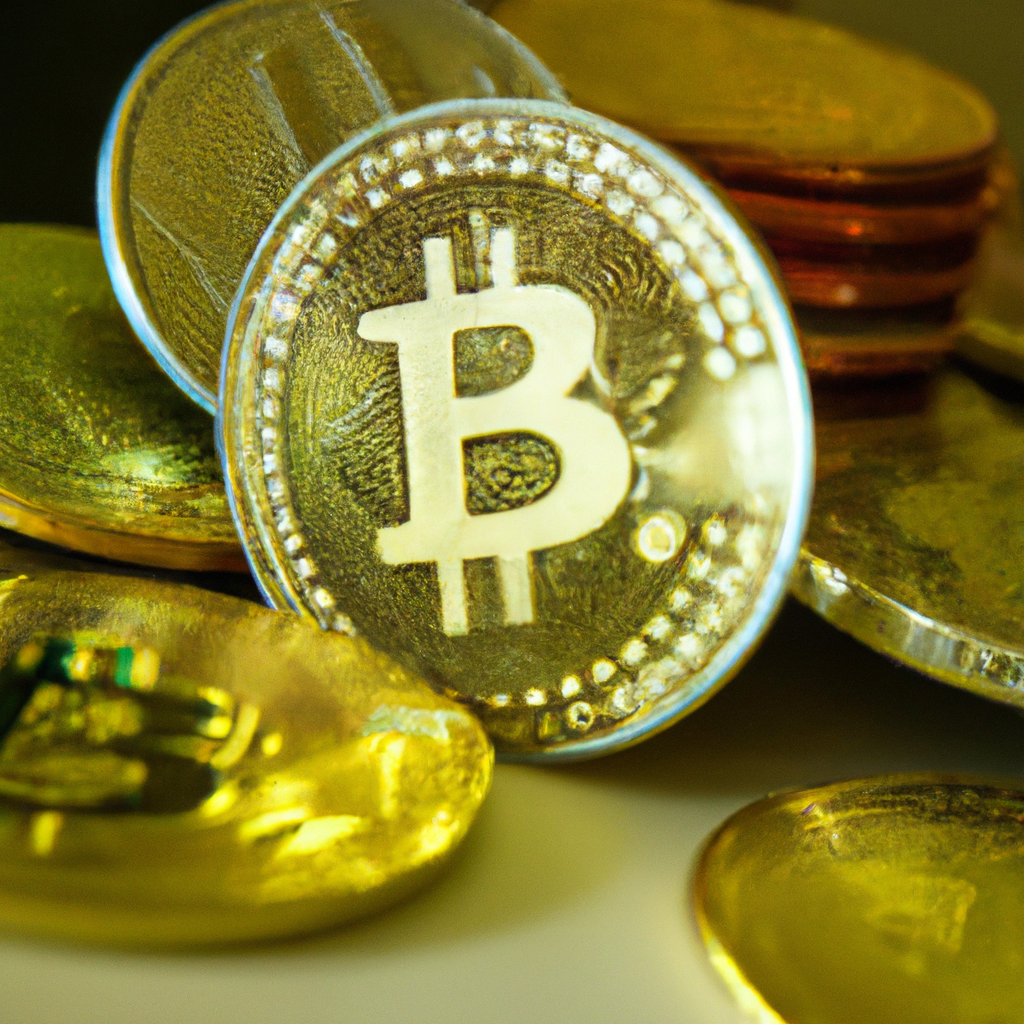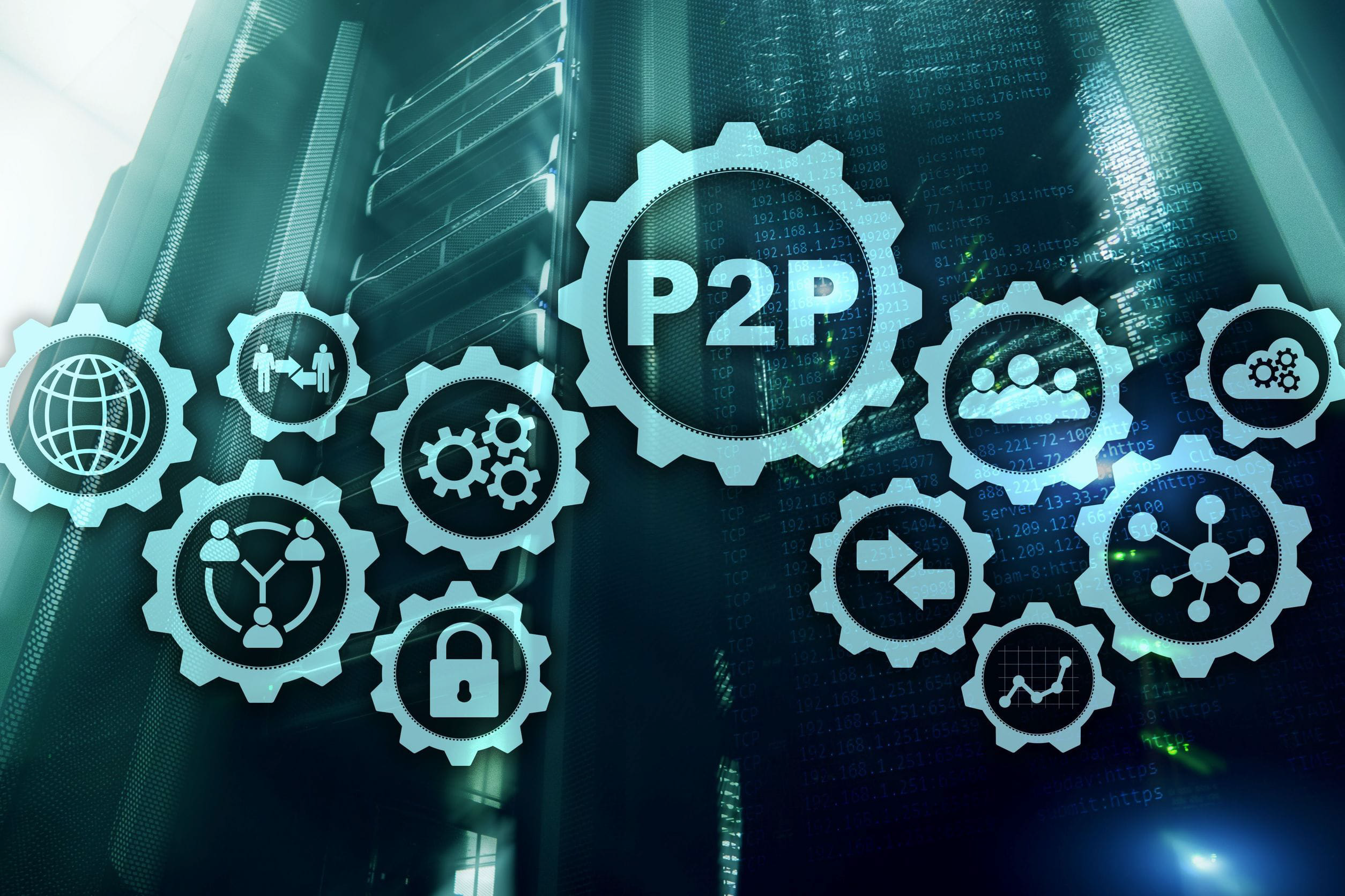
Cryptocurrency and Social Interactions
Cryptocurrencies have revolutionized the financial industry in ways that were unimaginable a few decades ago. The decentralized and transparent nature of cryptocurrencies has made them a popular investment option for traders across the world. However, crypto trading can be a lonely affair, with traders having to rely on their analysis and expertise to make trading decisions. This is where social interactions come in, as they can provide traders with valuable insights, support, and community.
Understanding the Importance of Social Interactions
Social interactions play a crucial role in our lives, and they are also important in the world of crypto trading. Interacting with other traders can provide you with a wealth of information and insights that you might not have access to otherwise. Social interactions can also help you stay motivated and engaged in the fast-paced world of cryptocurrency trading. Moreover, trading communities can offer a support system where you can learn from the experiences of other traders and avoid common mistakes.
Trading Communities: Enhancing Crypto Trading
Trading communities are groups of traders that come together to share ideas, experiences, and insights. These communities can be online or offline, and they can offer a valuable support system for traders. In a trading community, you can learn from the experiences of other traders, get feedback on your trading strategies, and share your own insights with others. Trading communities can also offer you access to market analysis, news, and other valuable resources that can help you make informed trading decisions.
The Role of Social Media in Crypto Trading
Social media platforms like Twitter, Telegram, and Discord have become popular hubs for crypto traders to interact with each other. These platforms offer traders a place to share their ideas, insights, and analysis in real-time. Traders can follow other traders, join groups, and engage in conversations that can help them stay up-to-date with the latest trends and news. Social media can also be a great source of market analysis, news, and insights that can help traders make informed decisions.
Social Trading Platforms for Cryptocurrency
Social trading platforms are online platforms that allow traders to interact with each other and copy each other’s trades. These platforms offer a unique opportunity for traders to learn from the experiences of other traders and follow their trading strategies. Social trading platforms can also offer traders access to market analysis, news, and other valuable resources that can help them make informed trading decisions.
Integrating Social Features into Crypto Trading Apps
Crypto trading apps are increasingly integrating social features, such as chat rooms, forums, and news feeds. These features allow traders to interact with each other and share their trading insights, strategies, and experiences. The integration of social features into trading apps can help traders stay engaged and informed, while also providing them with a support system to learn from others.
Impact of Social Interactions on Cryptocurrency Prices
Social interactions can have a significant impact on cryptocurrency prices. Social media platforms are often used by traders to share their insights and analysis, which can influence the decisions of other traders. Moreover, social media can also be used by traders to spread rumors and misinformation that can lead to price fluctuations. It is important for traders to be aware of the impact of social interactions on cryptocurrency prices and to use social media responsibly.
Leveraging Social Networks for Successful Trading
To leverage the power of social networks, traders should focus on building relationships with other traders and sharing their knowledge and insights. Traders should also be open to feedback and criticism from other traders, as this can help them improve their trading strategies. Moreover, traders should be active on social media platforms and engage in conversations with other traders to stay up-to-date with the latest trends and news.
How Social Trading Can Improve Your Investing Skills
Social trading can help improve your investing skills by allowing you to learn from the experiences of other traders. By following the trades of successful traders, you can gain insights into their trading strategies and learn how to make informed trading decisions. Moreover, social trading platforms can offer you access to market analysis, news, and other valuable resources that can help you make better trading decisions.
Challenges and Risks of Social Trading
Social trading can also come with its own set of challenges and risks. Traders should be aware of the risks of blindly following other traders and should always conduct their own research and analysis before making trading decisions. Moreover, traders should be cautious of rumors and misinformation that can spread quickly on social media platforms and can lead to price fluctuations.
Best Practices for Social Crypto Trading
To make the most of social interactions in crypto trading, traders should focus on building relationships with other traders, sharing their knowledge and insights, and being open to feedback and criticism. Moreover, traders should be active on social media platforms and engage in conversations with other traders to stay up-to-date with the latest trends and news. Traders should also be cautious of rumors and misinformation and should always conduct their own research and analysis before making trading decisions.
The Future of Social Interactions in Crypto Trading
Social interactions are becoming increasingly important in the world of crypto trading. Trading communities, social media platforms, and social trading platforms are all contributing to the growth of social interactions in crypto trading. As technology continues to evolve, we can expect to see more integration of social features into trading apps and platforms. The future of crypto trading is likely to be more social and collaborative, with traders relying on each other’s expertise and insights to make informed trading decisions.




